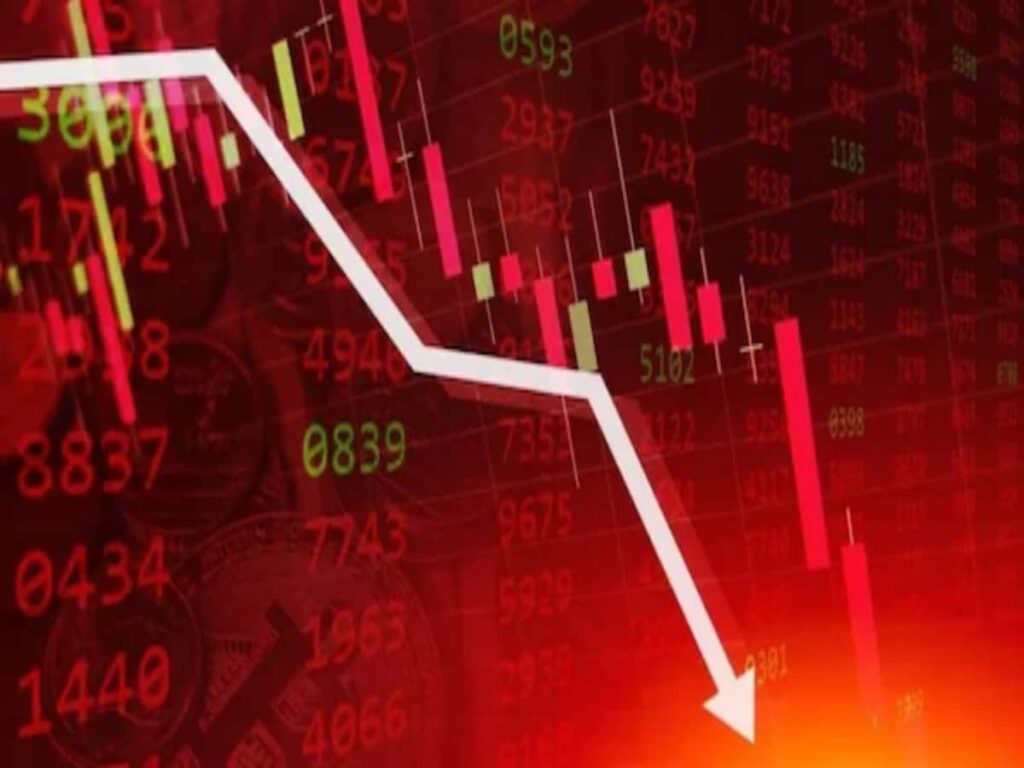As of September 20, the PSU Bank Index has experienced a significant decline of 17% from its record level, which was reached on June 30, when it peaked at 8,006 points. This notable drop has resulted in a staggering decrease of over ₹3.5 lakh crore in the market capitalization of PSU banks. Consequently, the shares of these banks are now nearly 30% lower than their peak prices. This situation raises an important question: Have PSU bank shares become undervalued?
Understanding the Decline
The decline in the PSU Bank Index can be attributed to several macroeconomic factors, including changing interest rates, inflationary pressures, and the overall economic outlook. These elements have significantly influenced investor sentiment and contributed to the falling stock prices of public sector banks.
Factors Influencing the Decline
- Interest Rate Environment: In recent months, the Reserve Bank of India (RBI) has implemented various monetary policies that have affected lending rates and borrowing costs. This has impacted the profitability of banks.
- Rising Non-Performing Assets (NPAs): An increase in NPAs has raised concerns about the asset quality of PSU banks, leading to cautious investor behavior.
- Economic Slowdown: Anticipated slowdowns in economic growth can reduce the demand for credit, affecting the overall performance of banks.
The Valuation Perspective
With the steep decline in share prices, investors are reassessing the valuation of PSU banks. This presents an opportunity for potential investors looking to participate in the banking sector at lower price points. There are several key factors to consider when evaluating whether these shares are undervalued:
Valuation Metrics
| Bank Name | Current Share Price (₹) | 52-Week High (₹) | Price-to-Earnings Ratio (P/E) | Return on Equity (RoE) |
|---|---|---|---|---|
| Bank A | 500 | 700 | 8 | 12% |
| Bank B | 350 | 600 | 10 | 10% |
| Bank C | 200 | 400 | 6 | 15% |
Investment Outlook
Investors are now weighing the risks versus potential rewards of investing in PSU banks. While the current prices may seem attractive, a thorough analysis of each bank’s fundamentals, management quality, and market conditions is essential before making any investment decisions.
Long-term Potential
The long-term outlook for PSU banks can still be optimistic, as they play a crucial role in India’s banking infrastructure and are often supported by government initiatives. Strategic reforms and digital transformation in the banking sector could pave the way for recovery and growth in the coming years.
Conclusion
In conclusion, while the PSU Bank Index has faced significant declines, the shift in market sentiment presents a dual-edged opportunity. Investors should conduct comprehensive due diligence to ascertain the intrinsic value of PSU bank shares. Monitoring macroeconomic indicators and individual bank performance will be crucial for making informed investment decisions in this sector.
